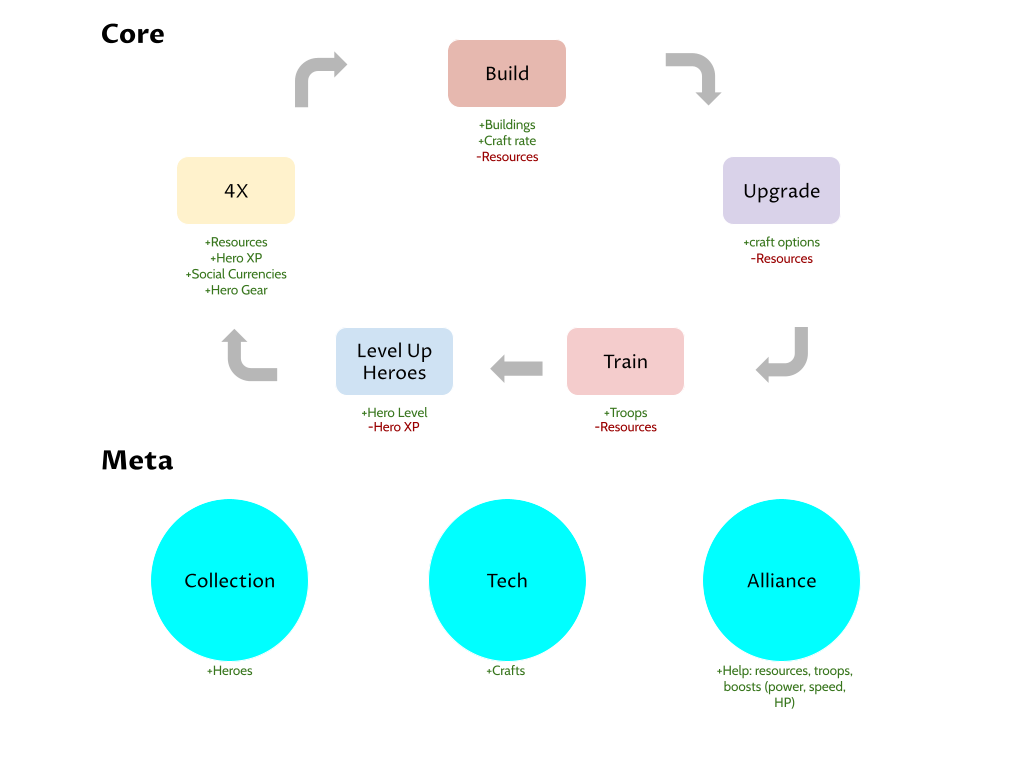The future of games is not made of new venues to cover. With mobile phones, we covered everything. I had my students playing games while I was explaining something important for their future. Who never?
It is not made of new spending habits. Even if the crypto-bros are right, even if the people will pay for games and things to trade in bitcoins (that will never happen), this will not determine a new era. Because the future of games will be related to the gameplay itself.
The future of games will be not putting monitors closer to our eyes hoping for more engagement. VR is causing headaches, people have been trying to sell that thing for 40 years. Steve Jobs would have never produced a dive mask to go on the streets, I am sure.
So where is the future of games? Well, I don’t know. What I do know is that is always an iteration of something we already have. For instance, the f2p mobile games era (which we can say was revolutionary) was built on top of the Java apps for cellphones, promoted by NOKIA in the Nordics, mainly.
If we look at games that are successful right now, they all offer some level of emergent gameplay. Look at FPS, survival, and horror out there. Look at the top games, the ones that make billions. They all permit a certain level of things you can do if we think laterally about the mechanics. And that unleashes a series of videos and things that people enjoy.
When you think of making a game for streamers, think mainly about emergencies. Do the same when you think of a game for TikTokers. It has always been like that: people want to find in video games something different from real life. Something they cannot do. A playful space to explore. That is where the future of games lies, I am sure.
